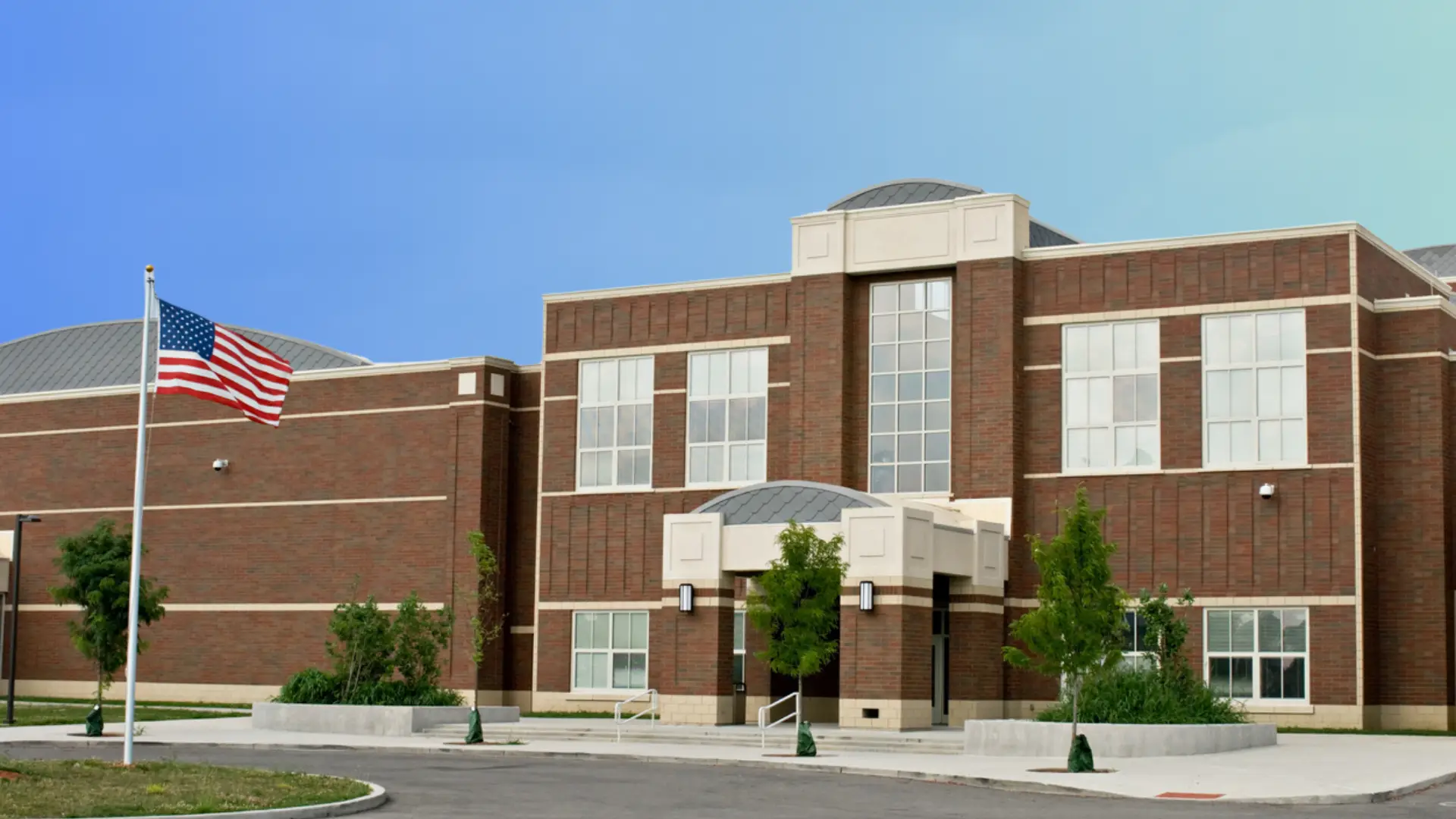Interpreters play a vital role in healthcare settings where language barriers can prevent effective communication between healthcare providers and patients. The use of interpreters can improve patient outcomes, patient satisfaction, and healthcare staff productivity.
However, healthcare staff face several challenges when working with interpreters. In this blog post, we will explore some of the most significant challenges and suggest potential solutions to overcome them.
Challenge 1: Finding qualified interpreters
One of the most significant challenges faced by healthcare staff when working with interpreters is finding qualified interpreters who can accurately translate medical terminology and concepts. Medical interpreters must have excellent language skills, knowledge of medical terminology, and an understanding of cultural differences.
Solution: Healthcare organizations can work with language service providers to ensure that interpreters are appropriately qualified and certified. They can also develop a pool of trained interpreters who have experience working in medical settings.
Challenge 2: Time constraints
Healthcare staff often work under tight schedules and may not have the luxury of spending extra time communicating with patients. Working with interpreters can sometimes slow down the process and create additional time constraints, leading to frustration for healthcare providers and patients.
Solution: Healthcare organizations can develop protocols and procedures to optimize the use of interpreters and minimize the impact on workflow. This can include scheduling interpreters in advance, using technology to streamline communication, and providing training to healthcare providers on how to work effectively with interpreters.
Challenge 3: Misunderstandings and errors
Interpreters play a critical role in ensuring that communication is accurate and complete. However, misunderstandings and errors can occur when interpreters are not properly trained or lack knowledge of medical terminology.
Solution: Healthcare staff should be trained on how to communicate effectively with interpreters and should verify the accuracy of interpretations whenever possible. Additionally, healthcare organizations can establish quality control measures to monitor the performance of interpreters and ensure that they are meeting established standards.
Challenge 4: Maintaining confidentiality
Healthcare providers have a legal and ethical obligation to maintain patient confidentiality. However, the use of interpreters can sometimes create challenges in maintaining confidentiality, particularly if the interpreter is a family member or friend.
Solution: Healthcare organizations can establish clear policies and procedures for the use of interpreters, including guidelines for maintaining patient confidentiality. This can include requirements for interpreters to sign confidentiality agreements and for healthcare providers to verify the identity of interpreters before beginning communication.
Challenge 5: Cultural differences
Healthcare providers must be aware of cultural differences that may impact communication and care delivery. Interpreters can help bridge these cultural differences, but they may not be aware of all the cultural nuances that can impact care delivery.
Solution: Healthcare providers should receive training on cultural competence, which includes an understanding of cultural differences and their impact on healthcare. Additionally, healthcare organizations can provide training to interpreters on cultural competence and the cultural expectations of healthcare providers and patients.
Final Thoughts
Working with interpreters is essential for healthcare staff to provide effective care to patients with limited English proficiency. However, healthcare staff face several challenges when working with interpreters in hospitals, including finding qualified interpreters, time constraints, misunderstandings and errors, maintaining confidentiality, and cultural differences.
By addressing these challenges and developing policies and procedures to optimize the use of interpreters, healthcare organizations can provide high-quality care to all patients, regardless of their language or cultural background.



